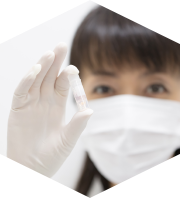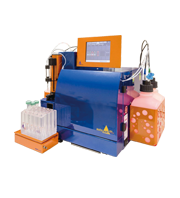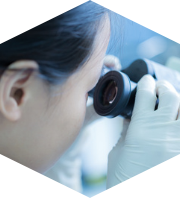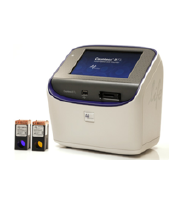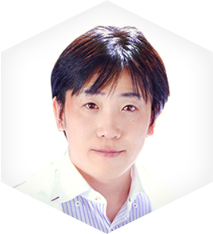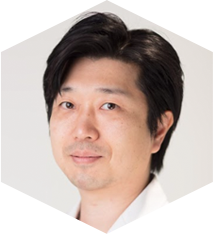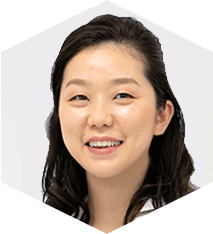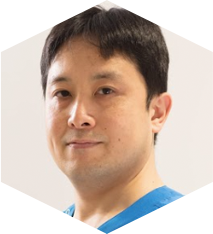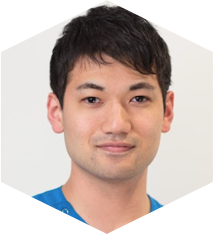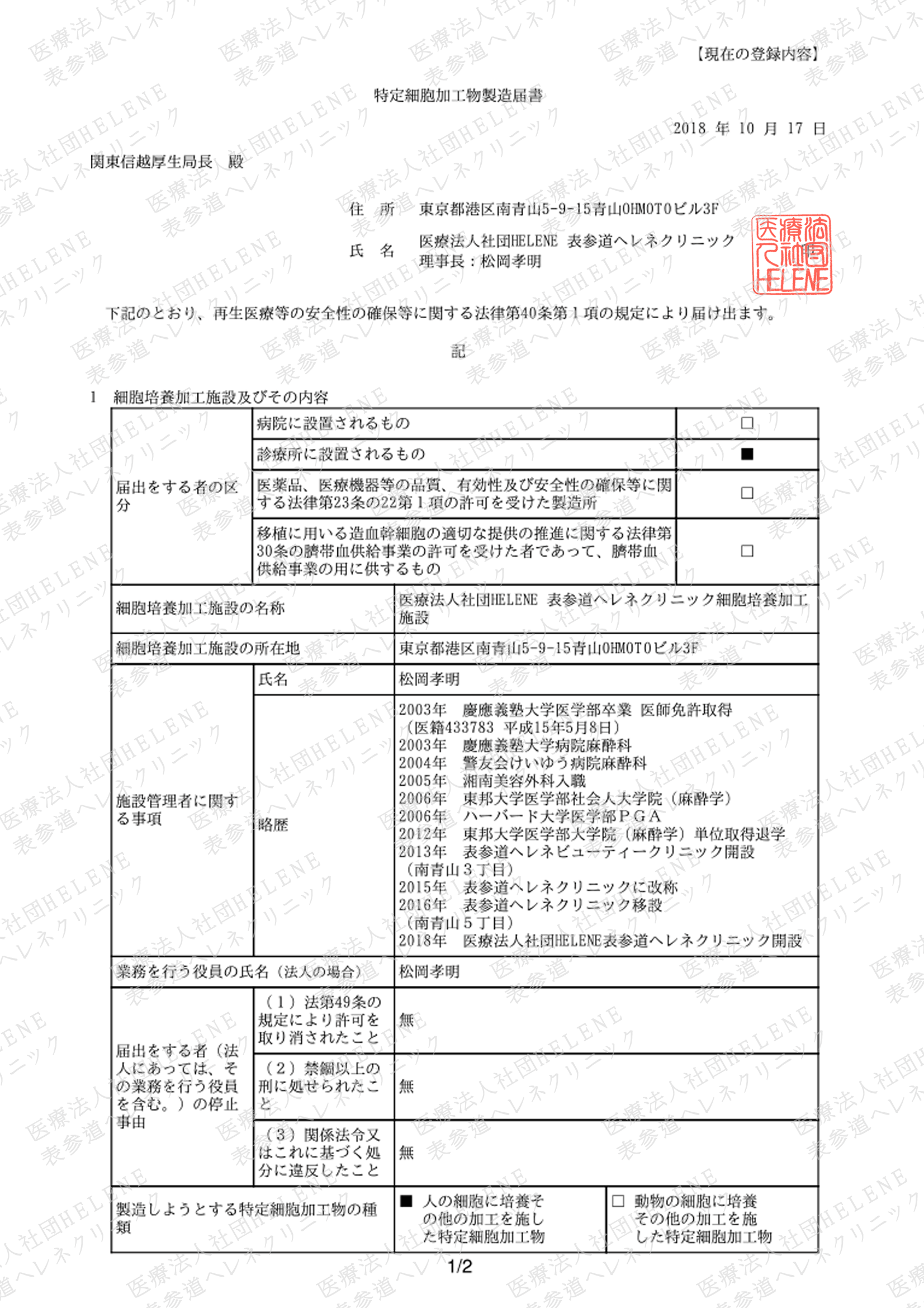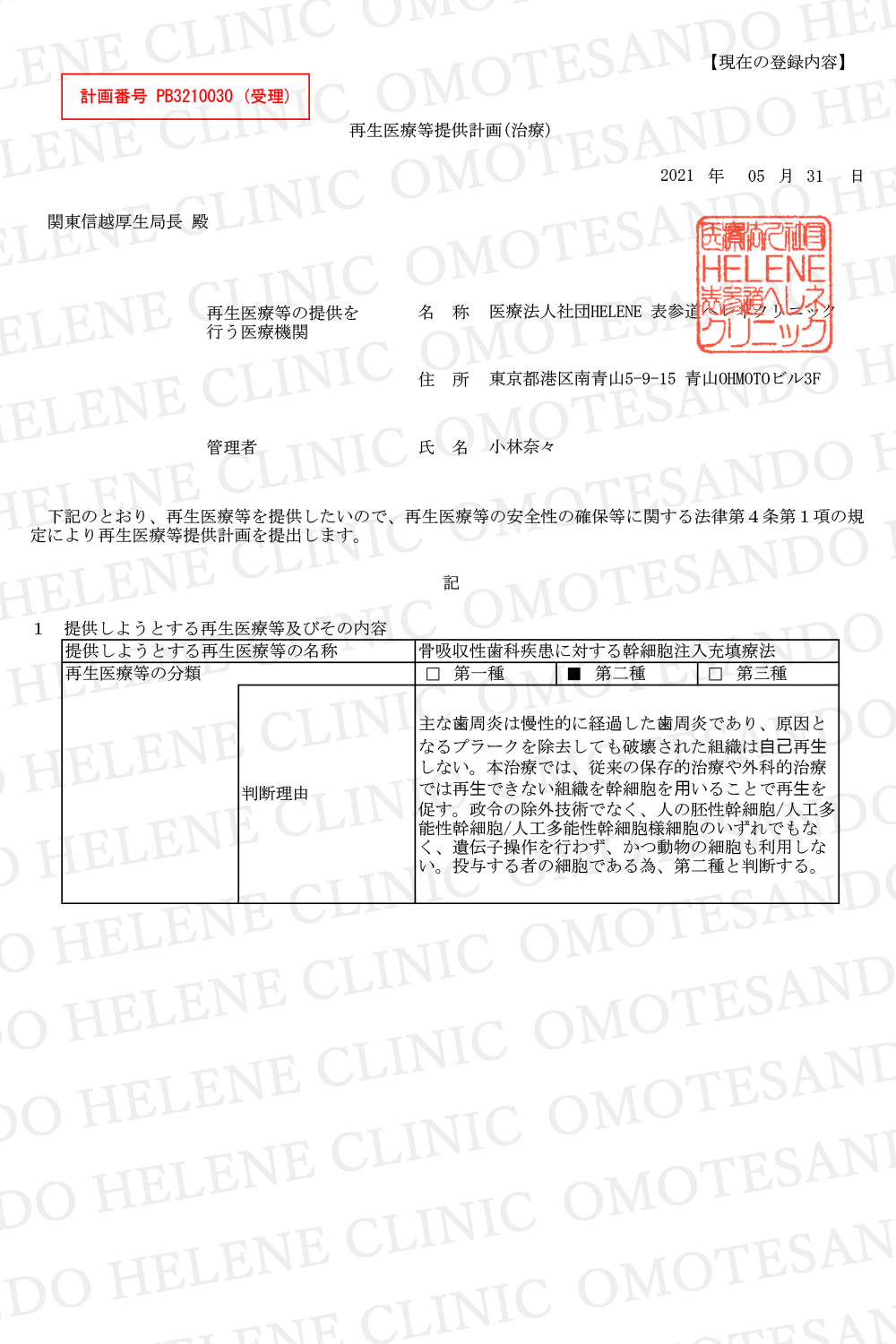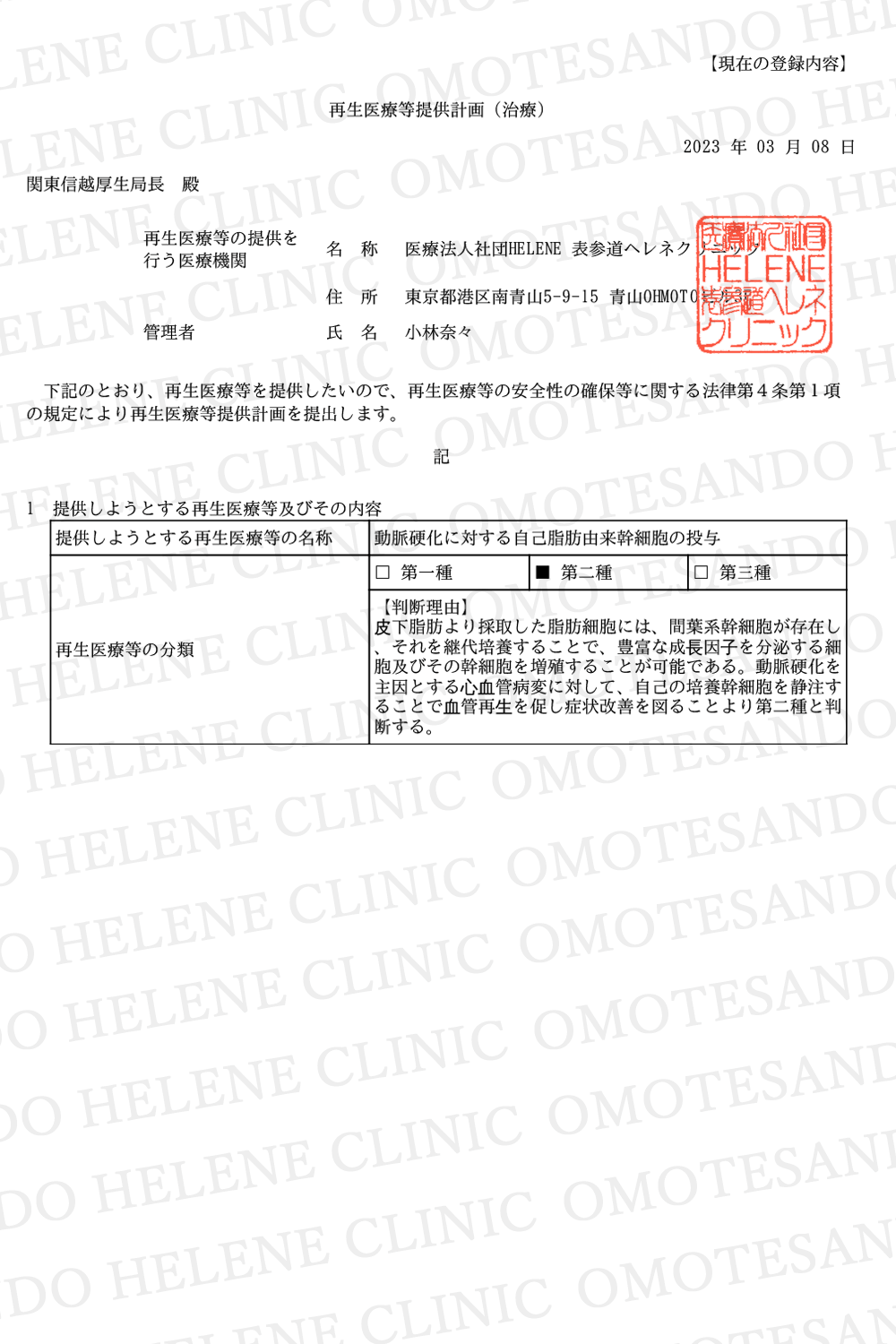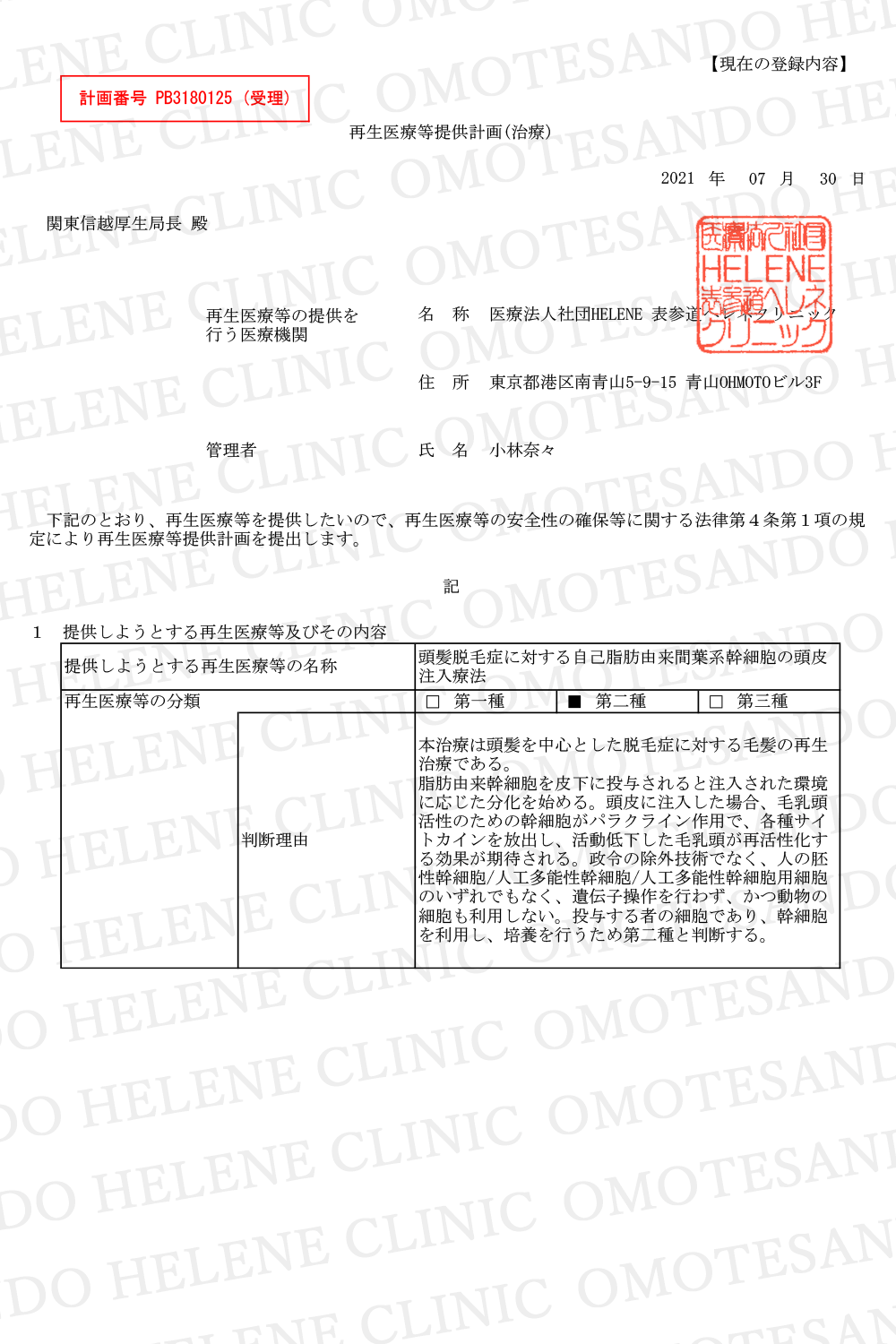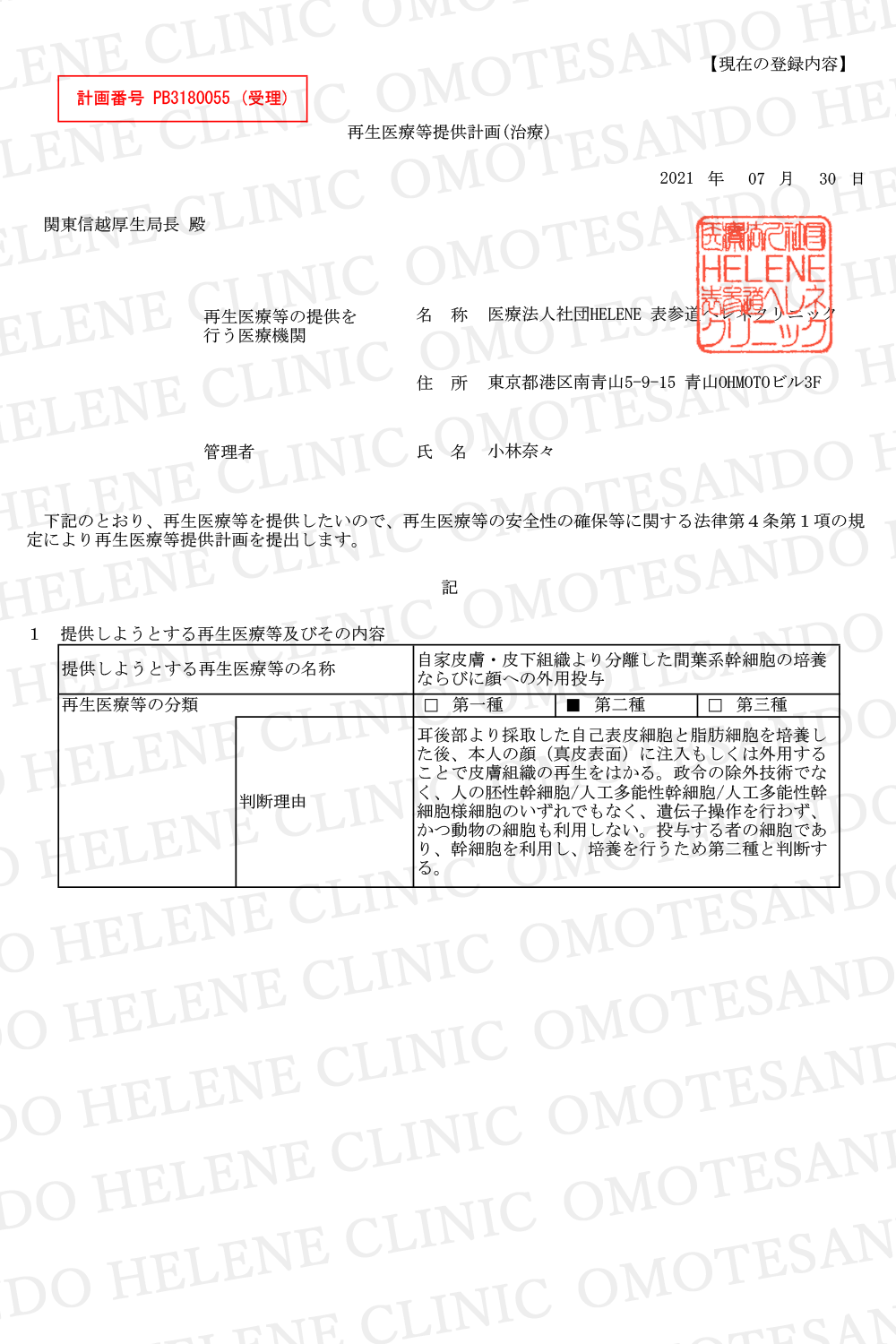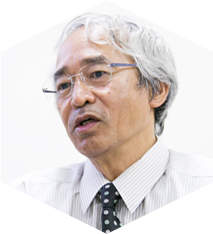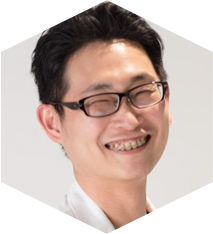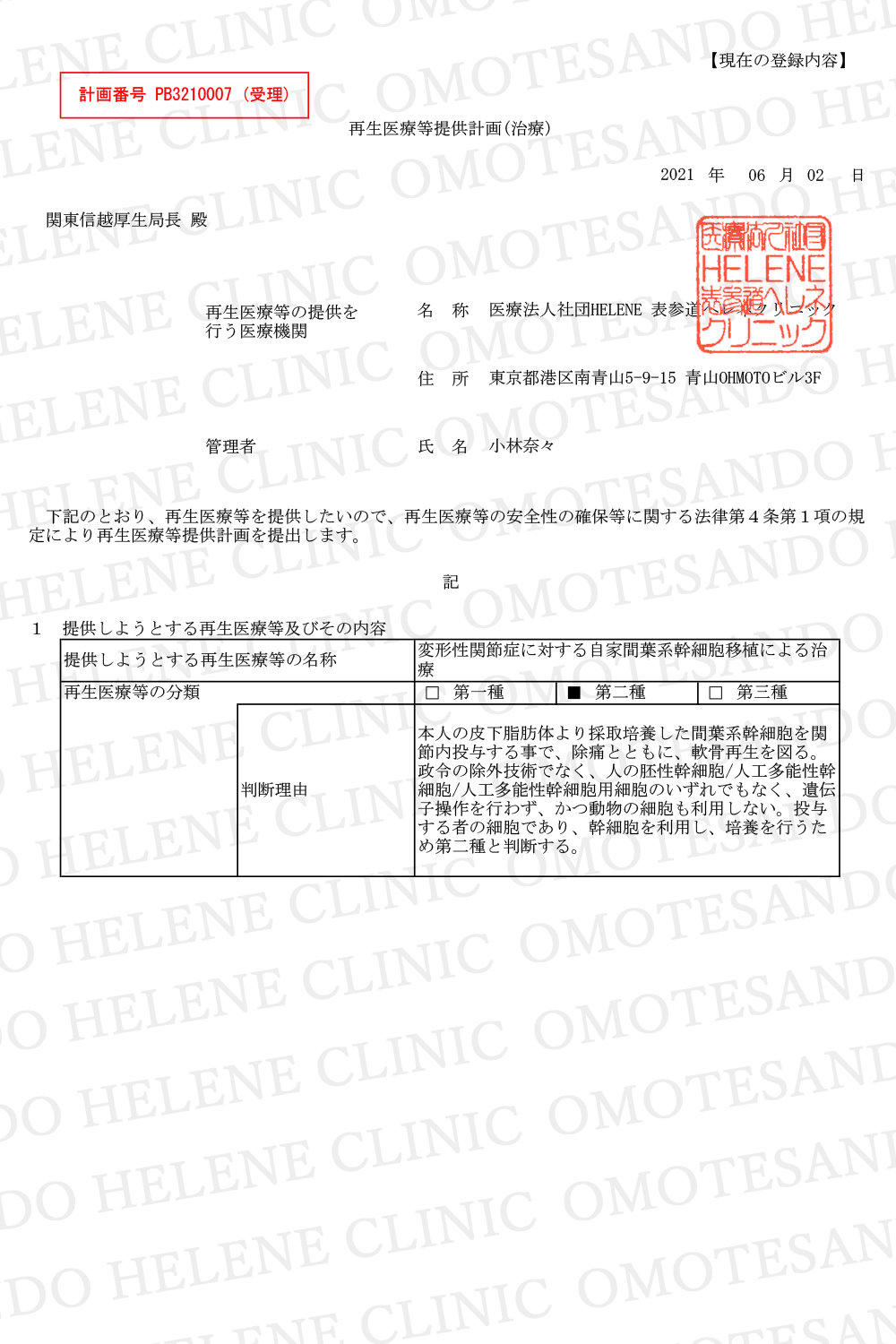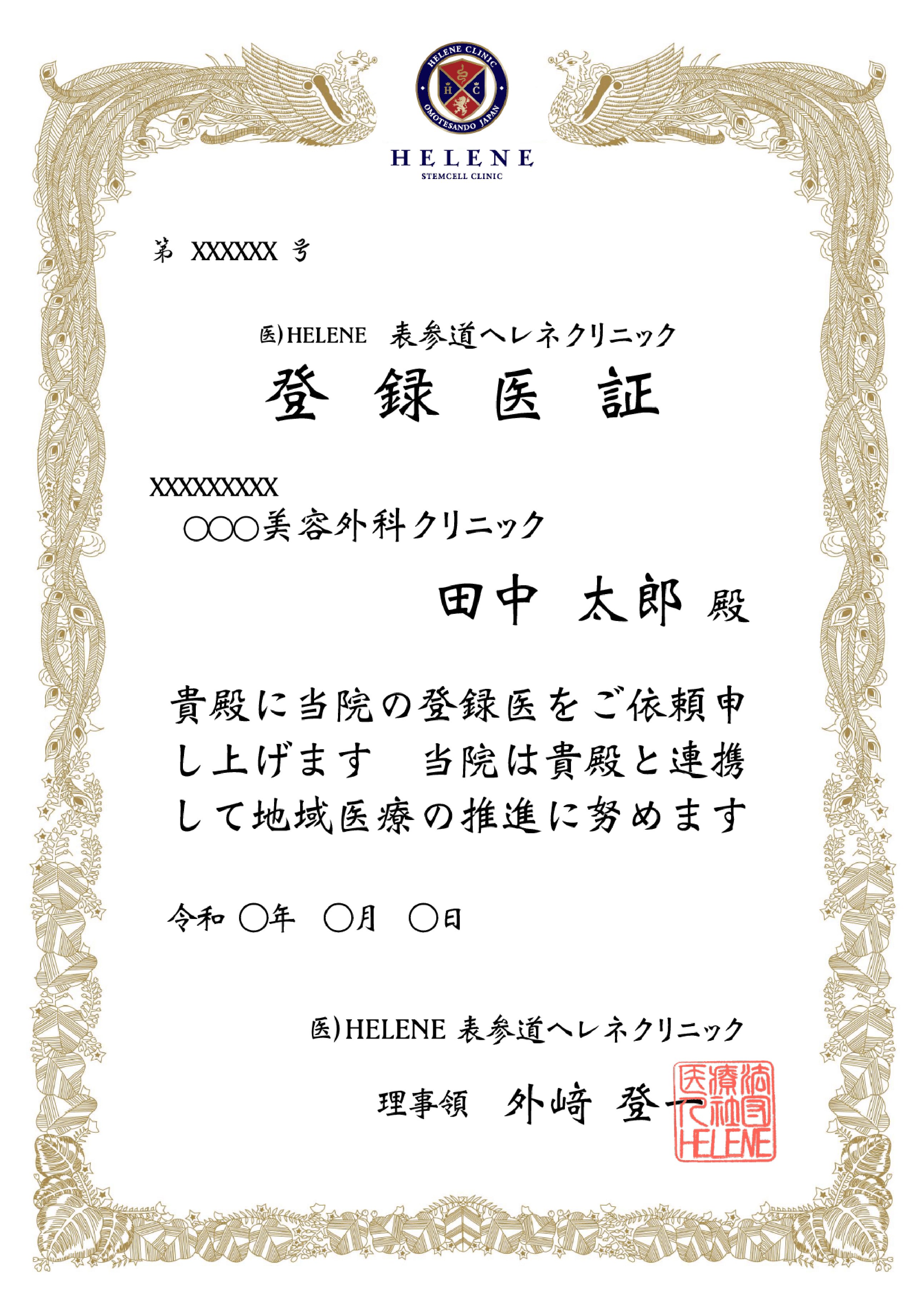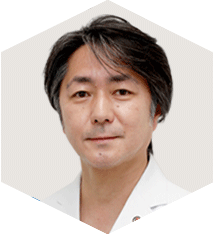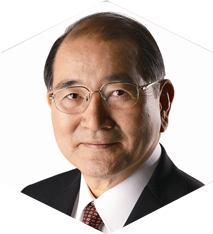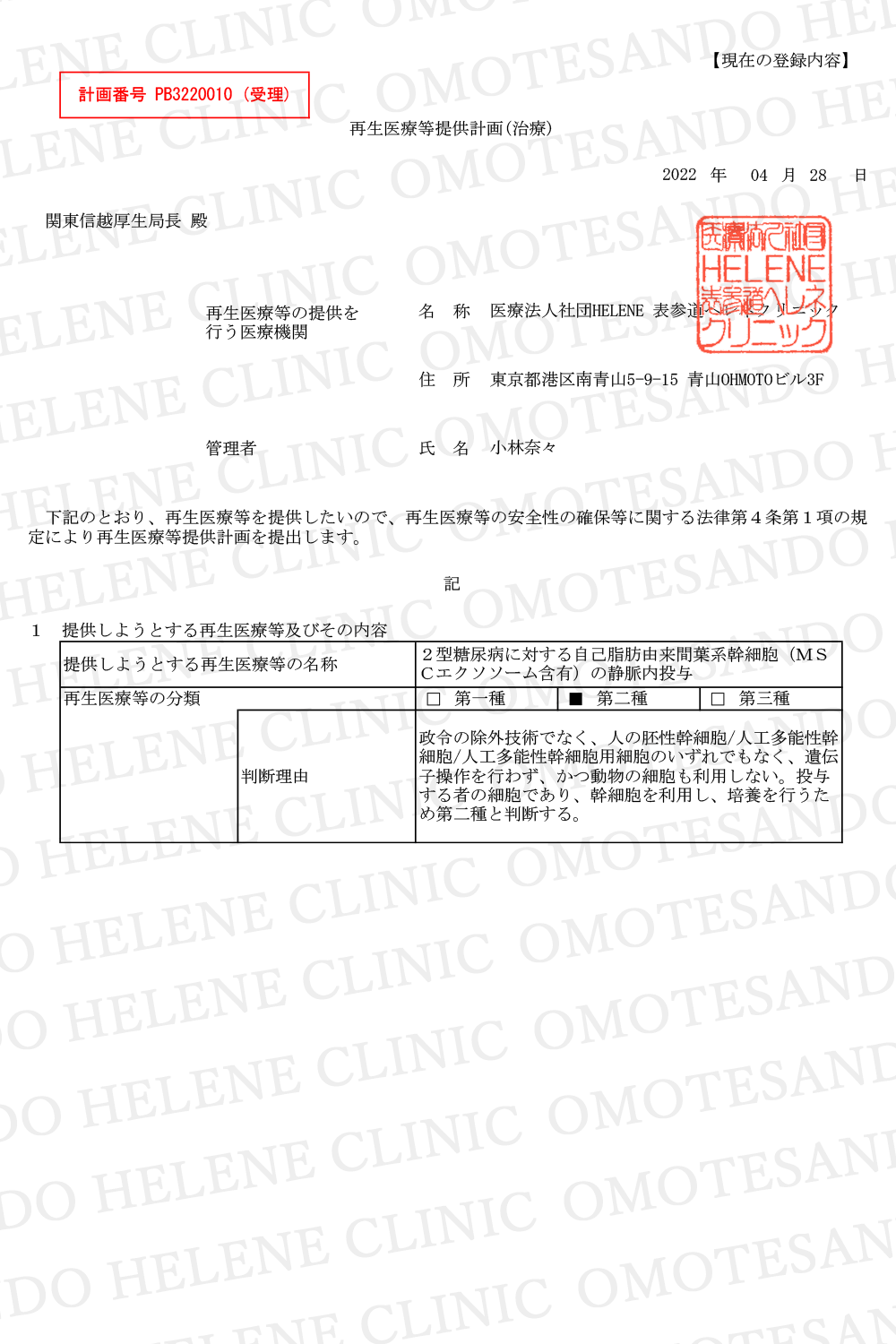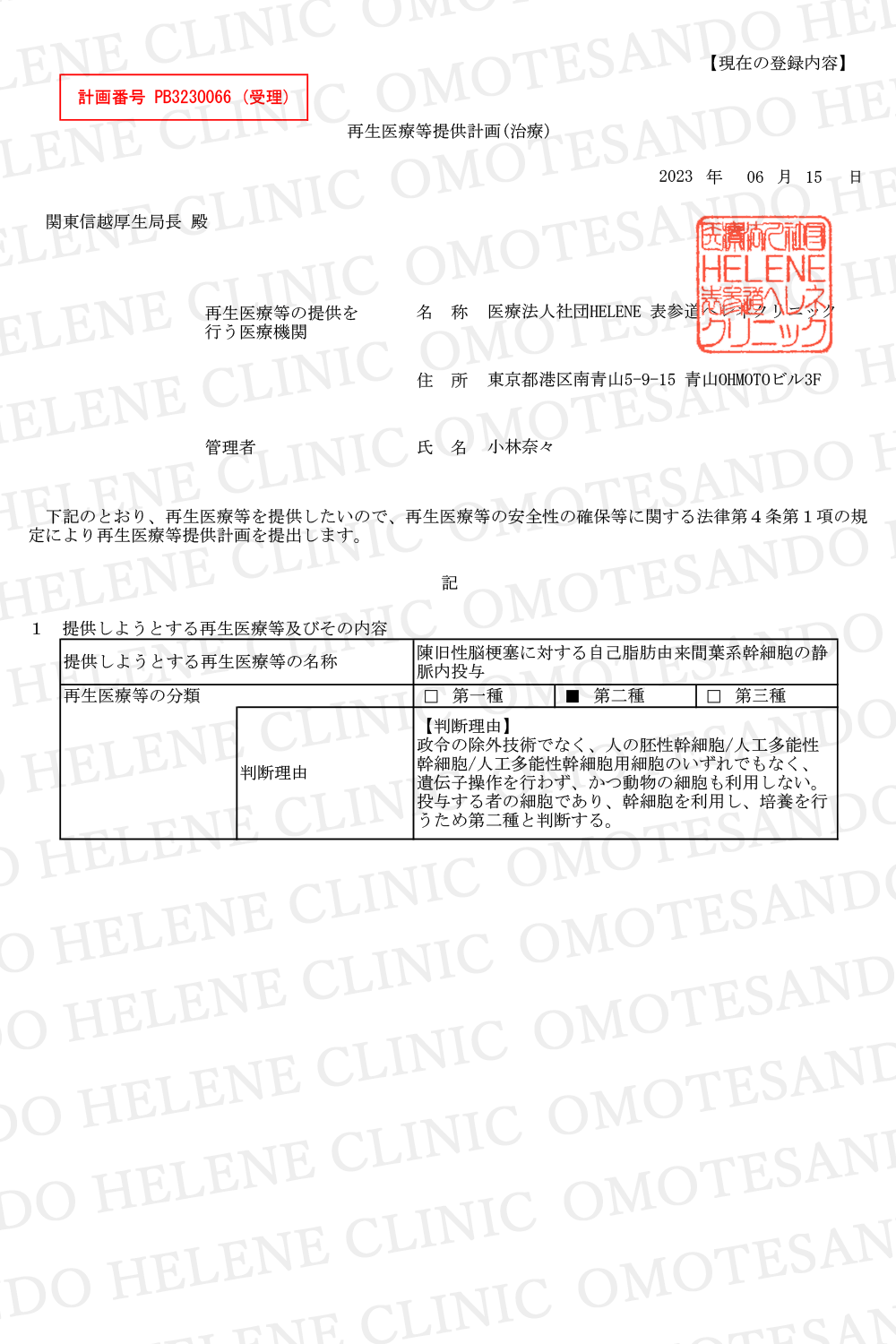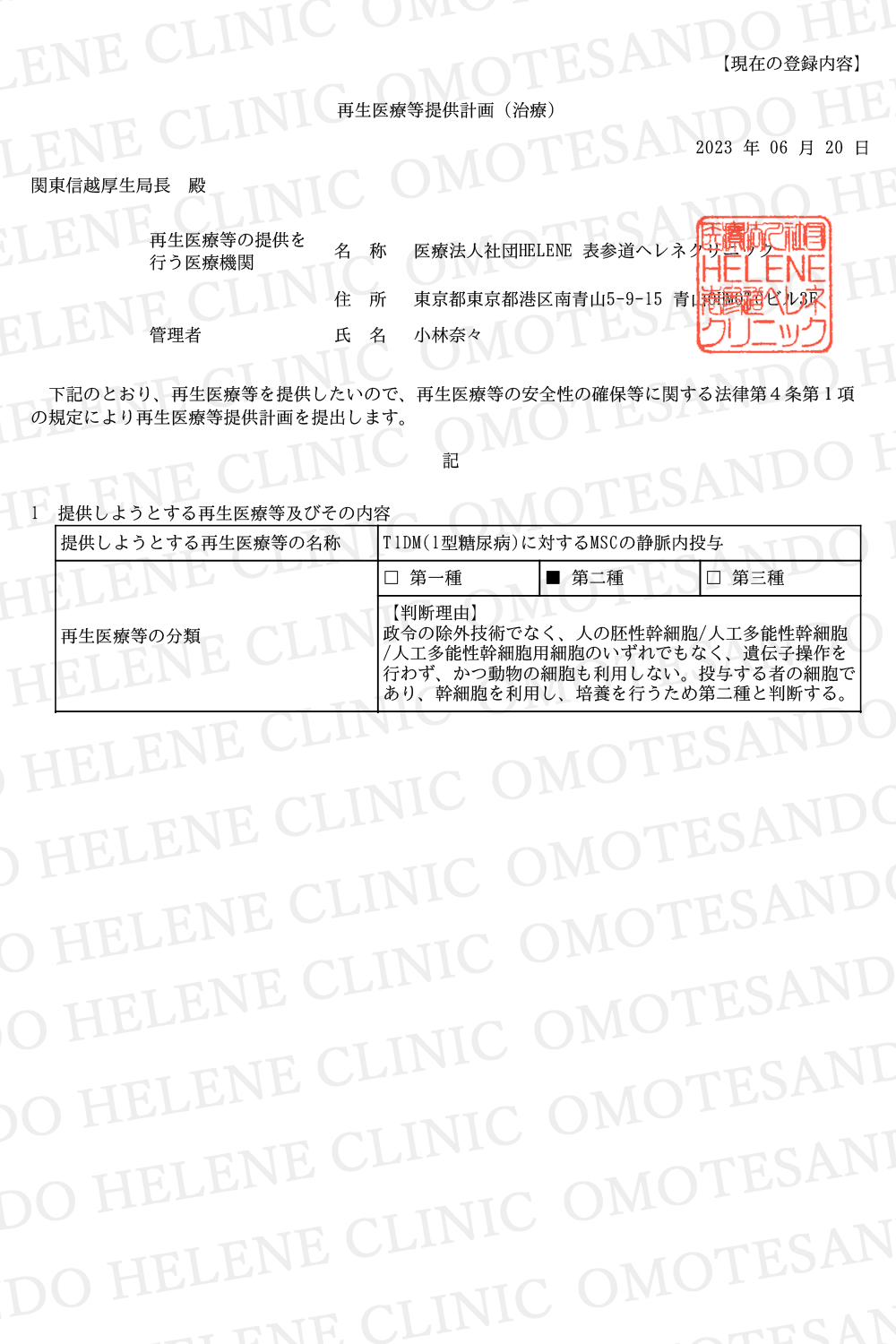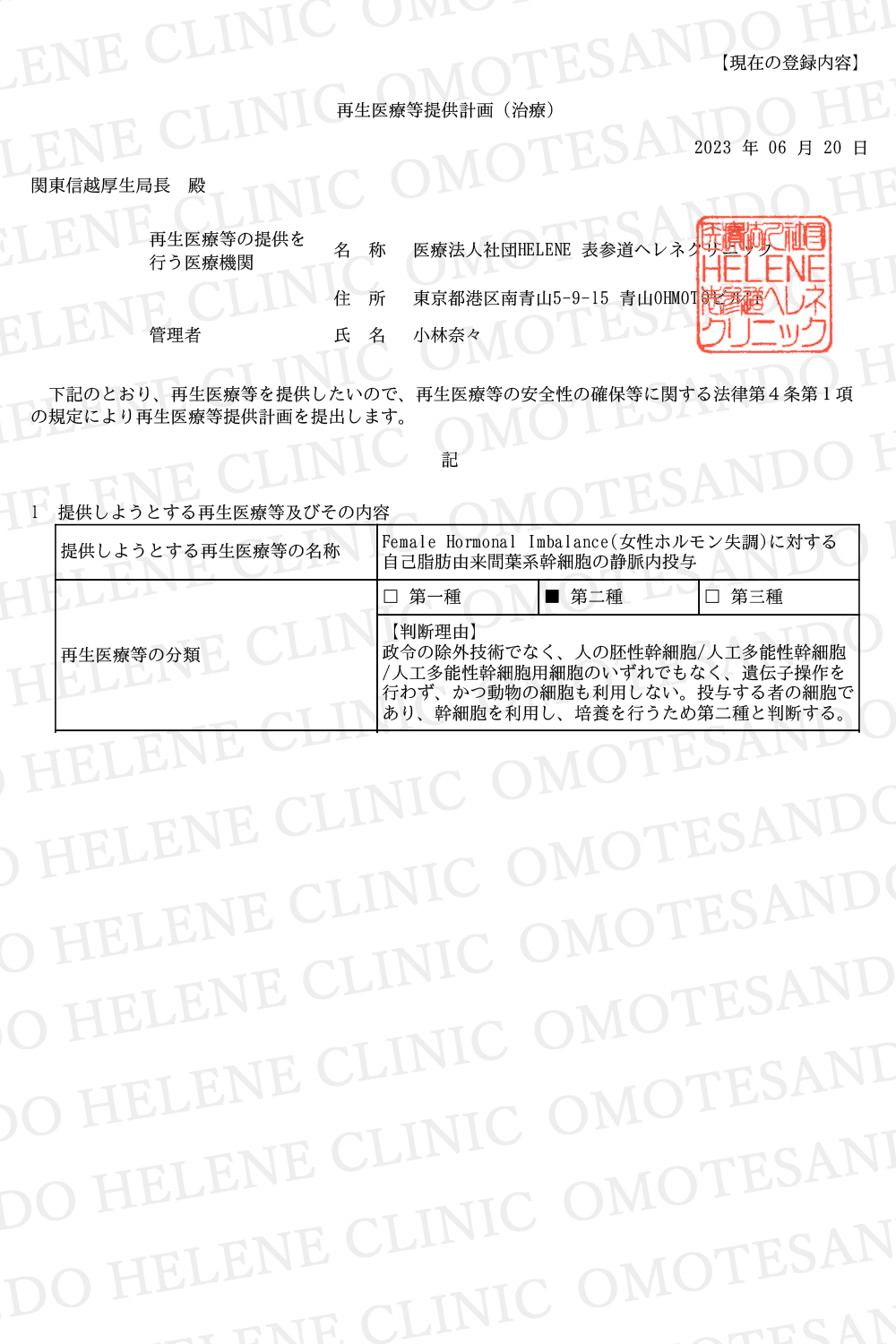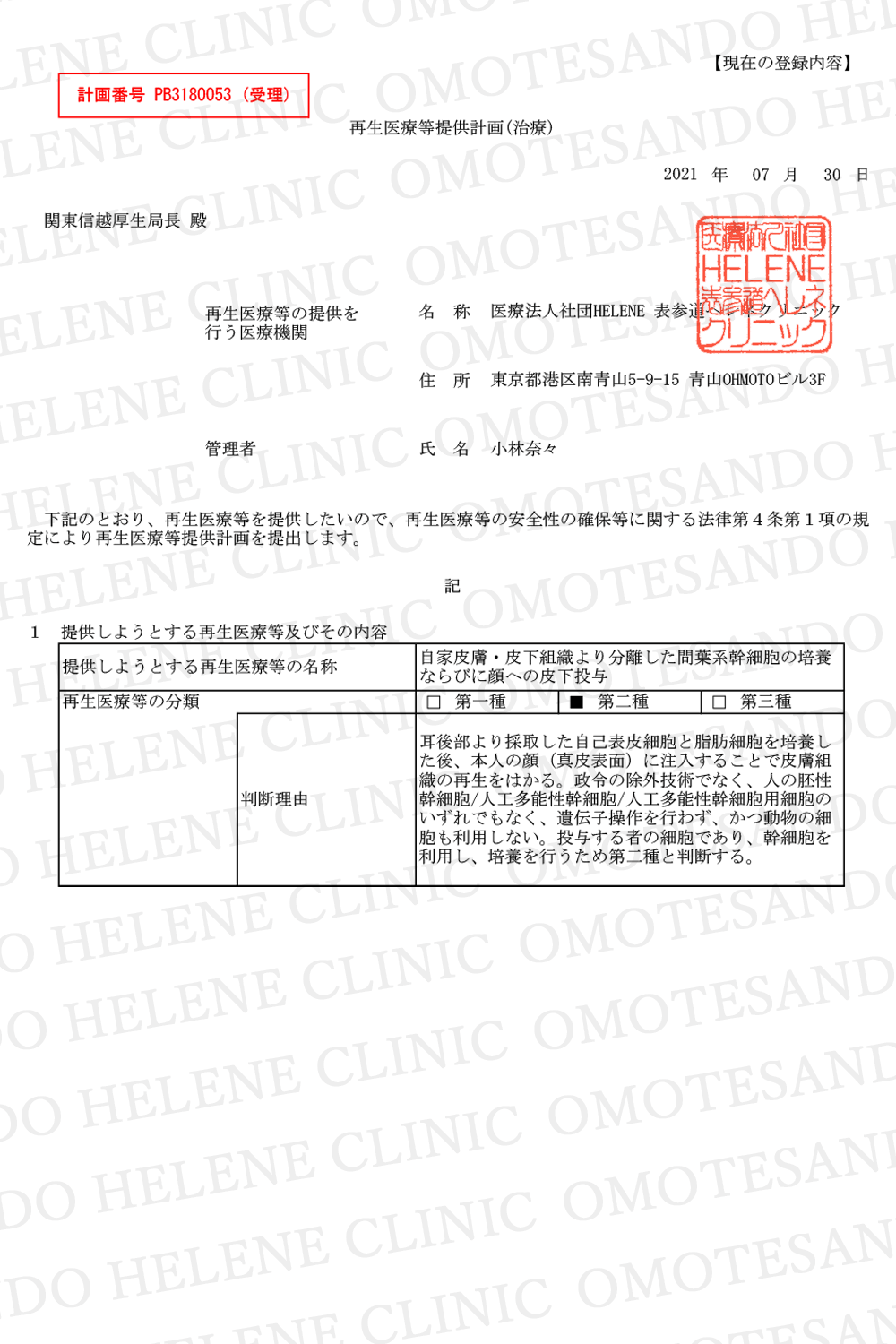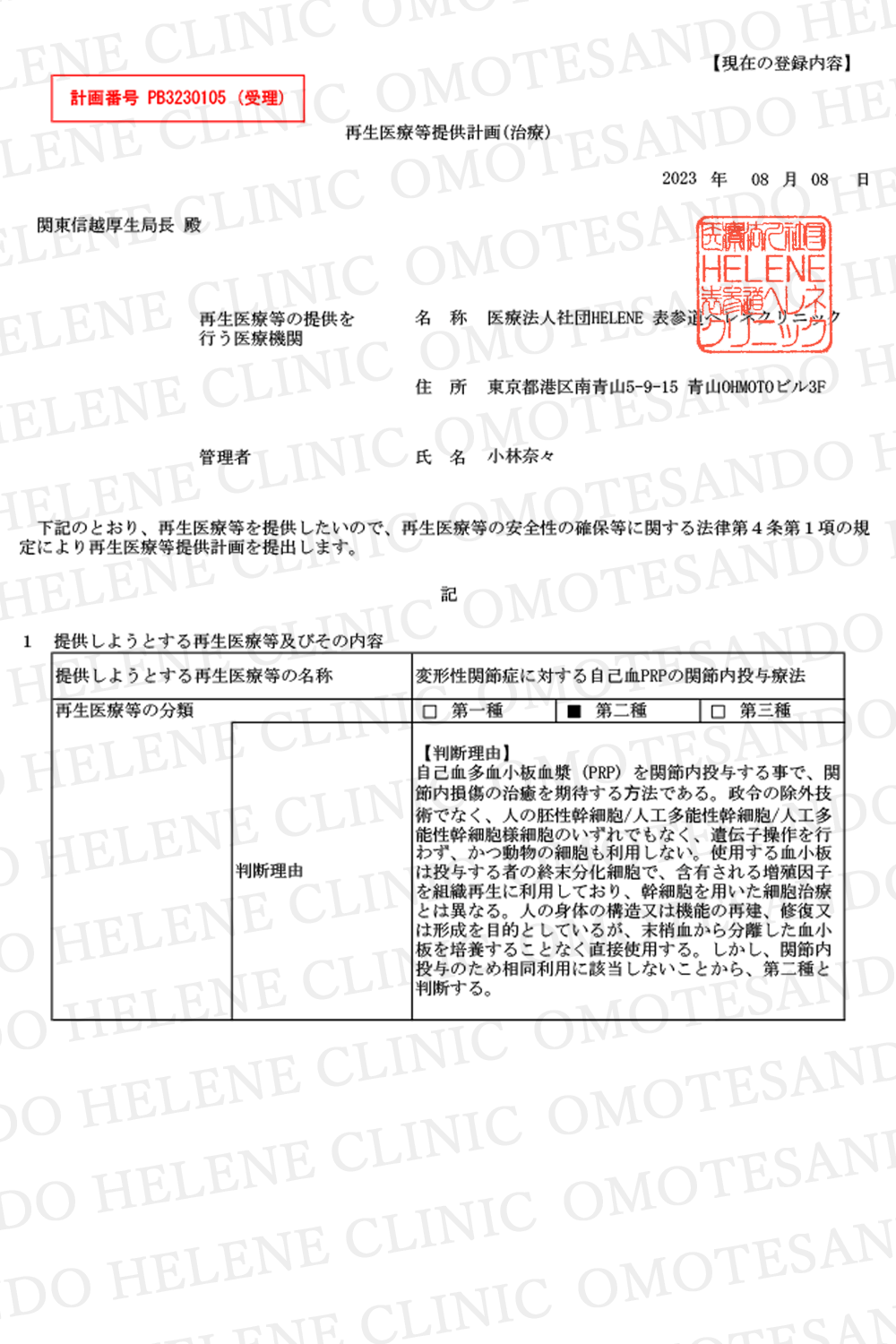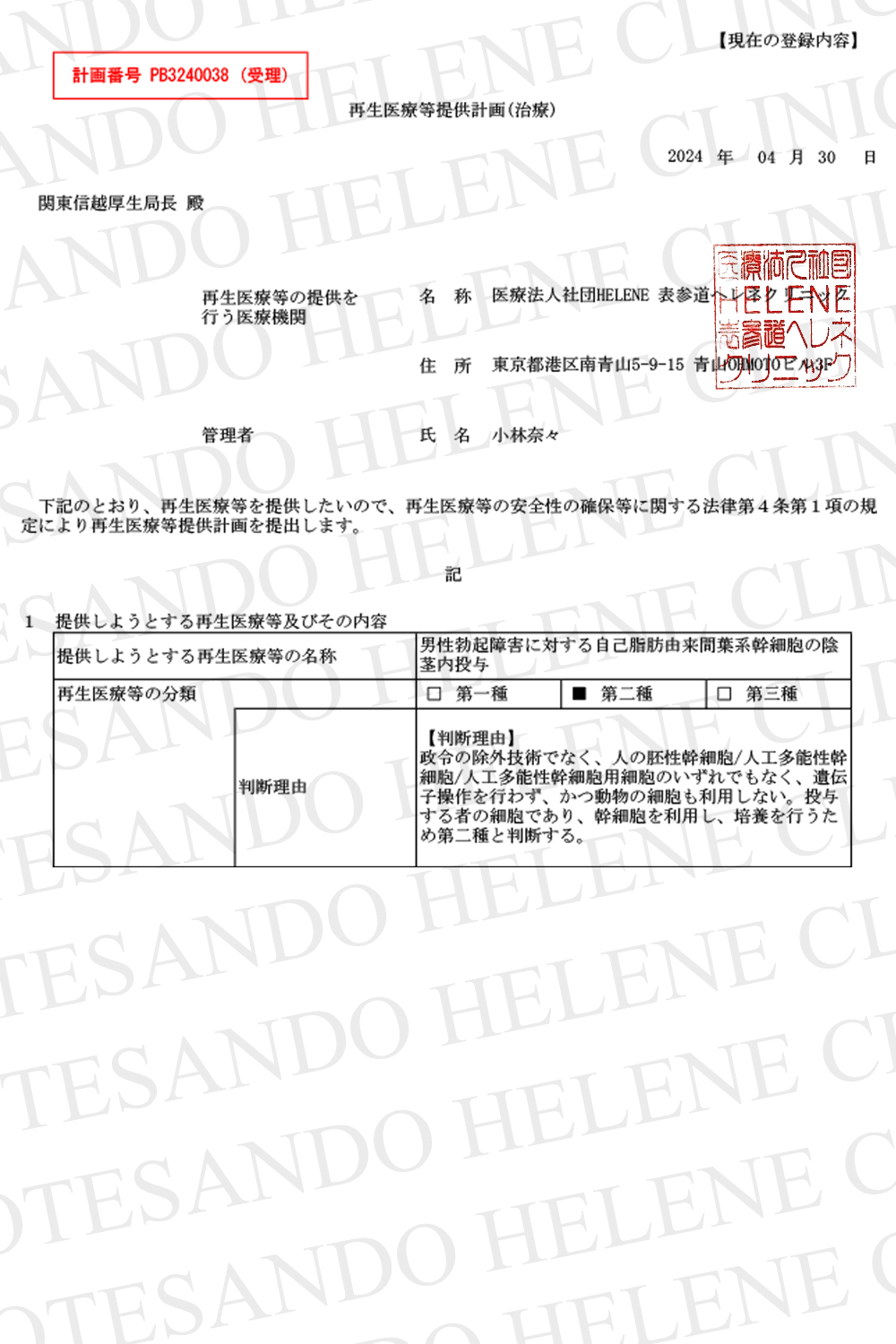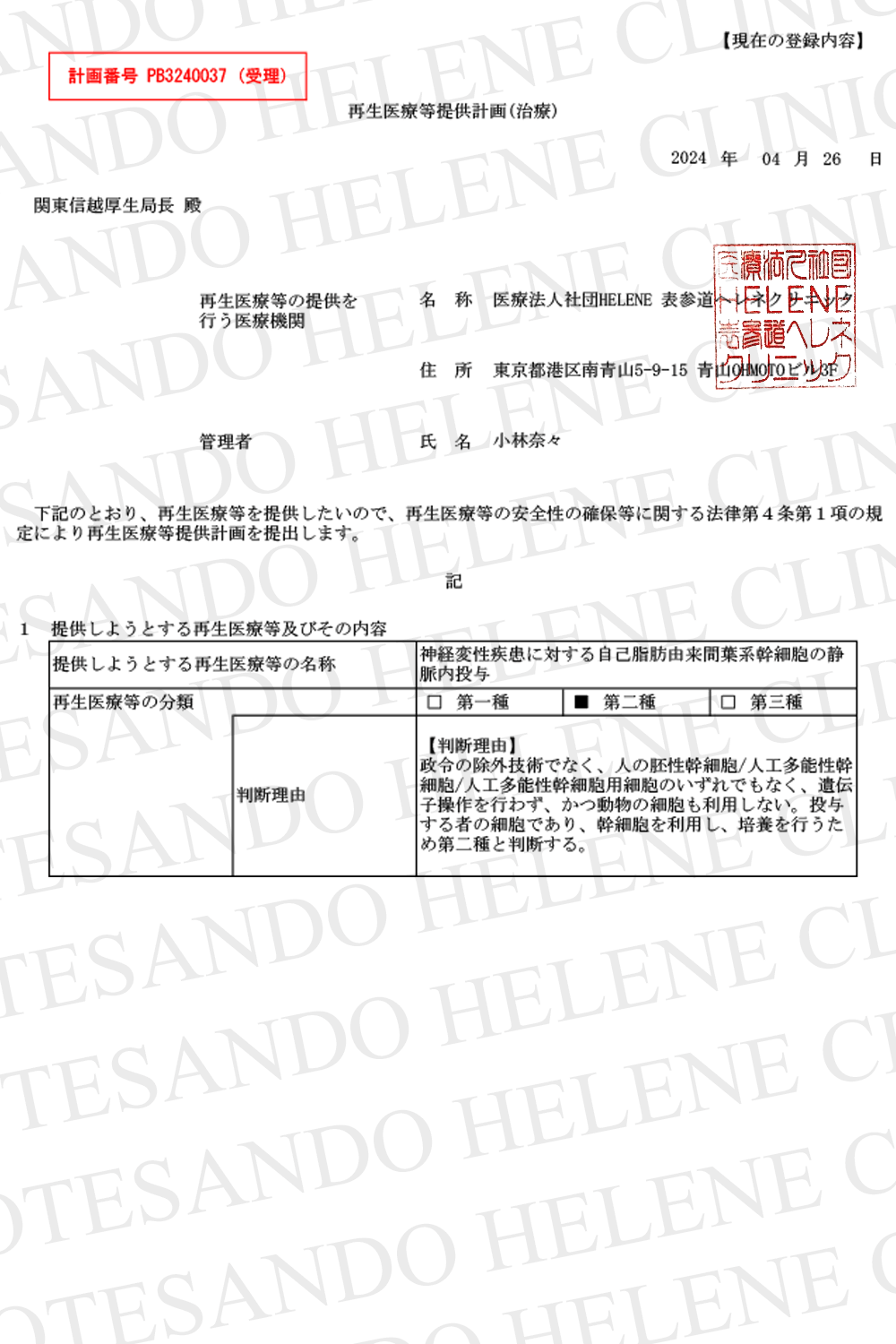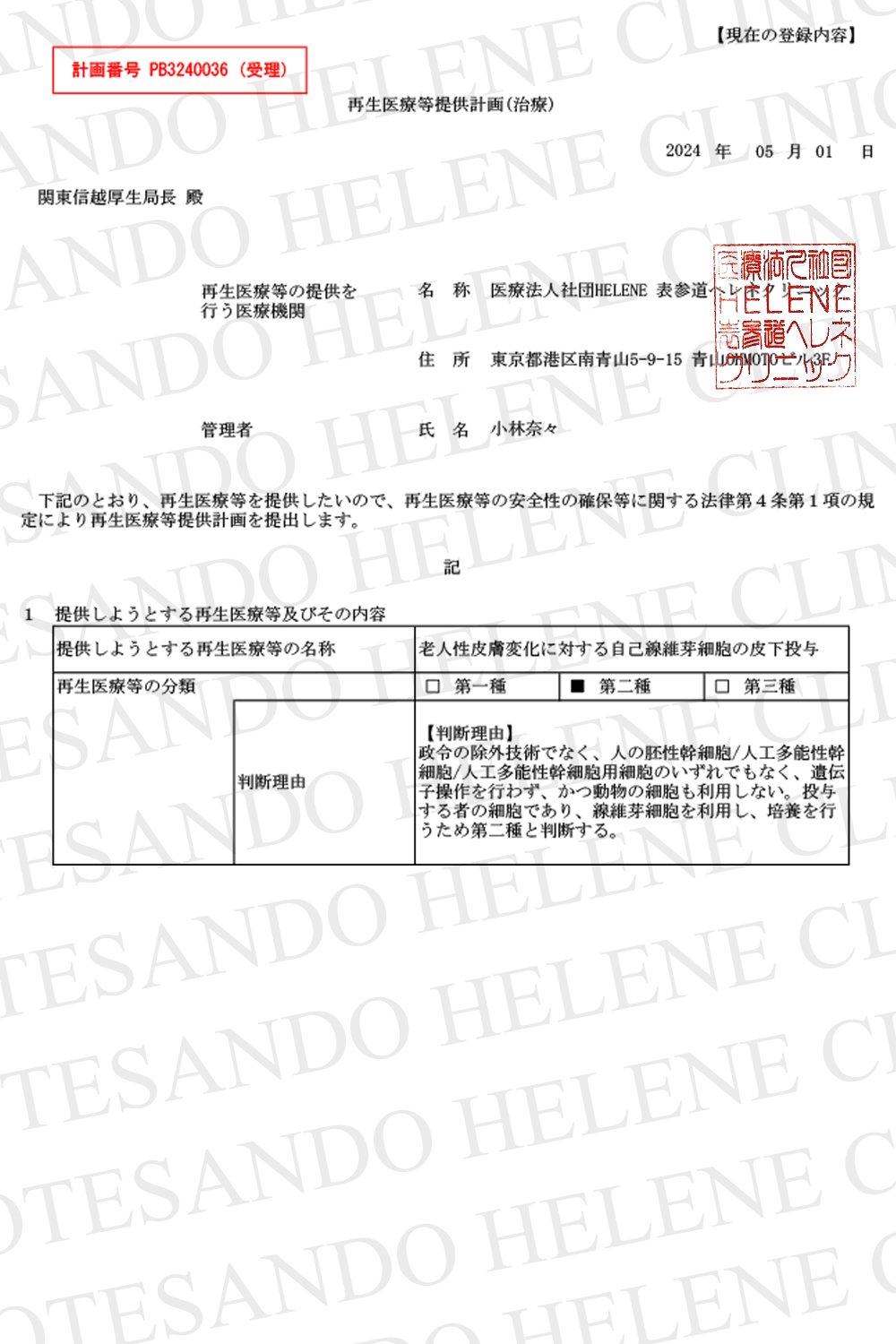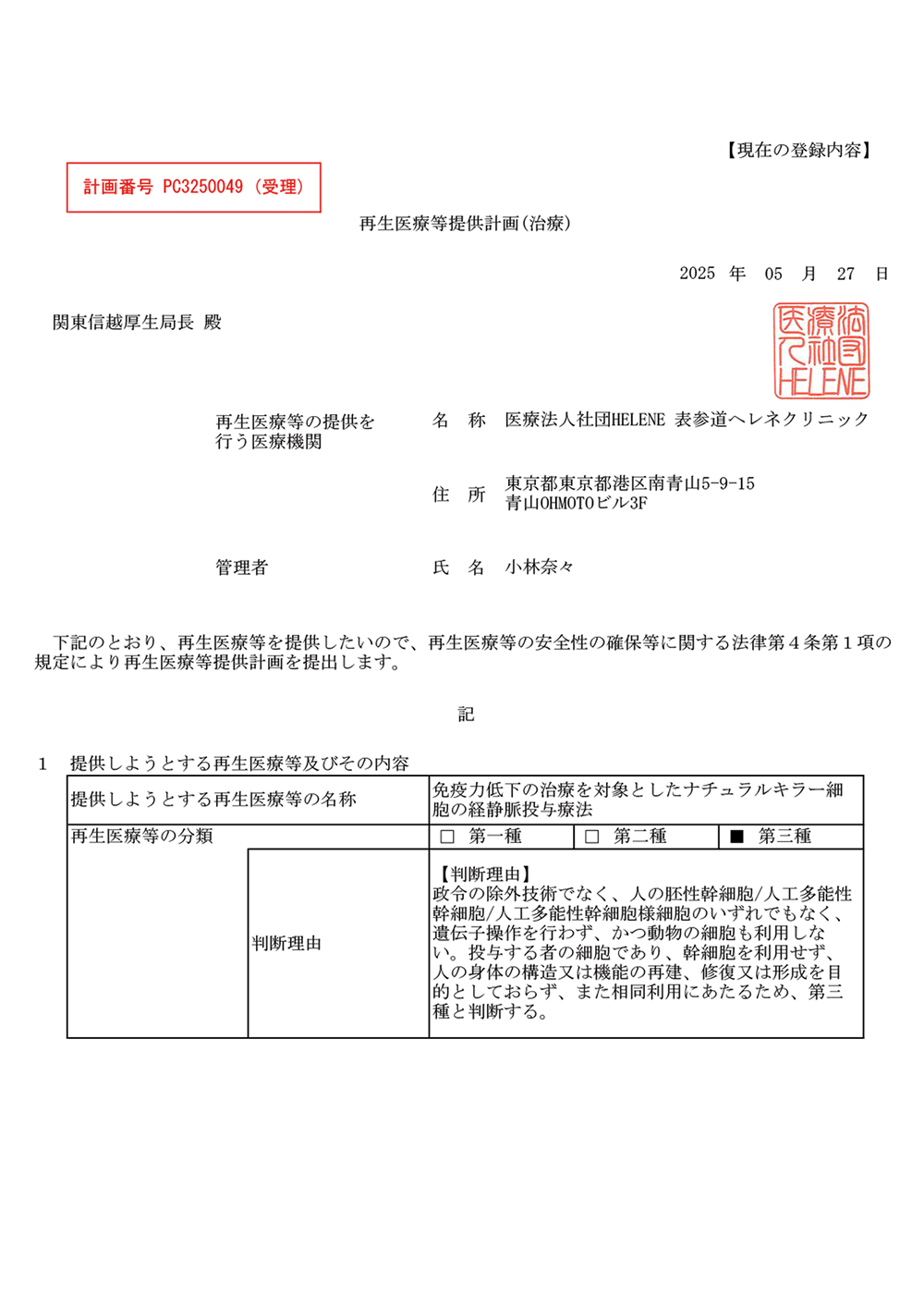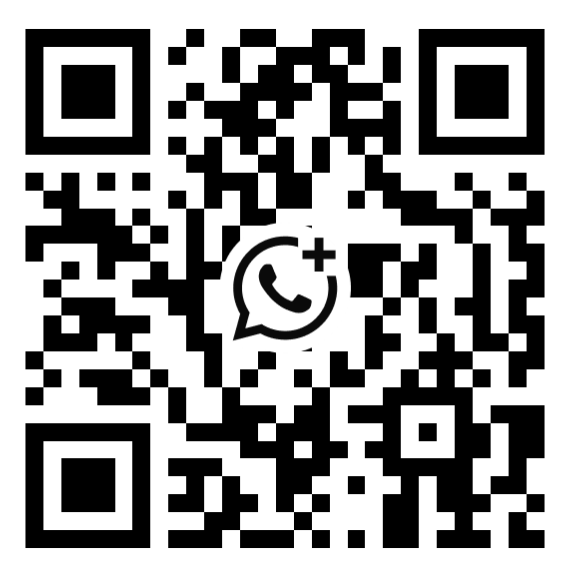FAQ
Where are stem cells found?
Somatic stem cells are present in various tissues throughout the body, but research has revealed that they are particularly abundant in subcutaneous fat.
At our clinic, we use a method to extract stem cells from the subcutaneous fat behind the ear.
What is the homing effect?
The homing effect refers to a physiological phenomenon in which, after being administered into the body, stem cells spontaneously find damaged or inflamed tissues, accumulate there, and promote repair and regeneration.
Stem cells administered intravenously travel throughout the body via peripheral blood circulation and reach the injured area via the lymphatic system and blood vessels. There, they adhere to the vascular endothelium, infiltrate the surrounding tissue, and then undergo proliferation and differentiation to transform into the target cells.
Why harvest adipose tissue from behind the ear? Does it really contain stem cells?
Subcutaneous fat in the area behind the ear is rich in stem cells and characterized by high tissue uniformity. Compared to subcutaneous fat in the abdomen or thigh, the volume of fat droplets is smaller, maintaining an environment conducive to stem cell growth. Therefore, adipose tissue collected from the area behind the ear is considered superior in both the number and quality of stem cells obtained.
In addition, the area behind the ear is less noticeable and scars are less likely to remain, which reduces the psychological burden on patients.
Is it necessary to restrict my diet before blood collection?
There are no special restrictions. You can eat as you normally would.
After surgery, how should I care?
You can go home immediately after the procedure. The incision is very small, so you can shower on the same day and there is no major disruption to your daily life.
In addition, our group provides careful follow-up by phone or other means as necessary to help reduce your anxiety about postoperative wounds and pain.
If I receive stem cell therapy, will I be given a detailed explanation?
Yes, when you receive treatment, the doctor will explain everything to you in detail. Please feel free to ask any questions you may have. It is most important that you fully understand and agree with the contents before proceeding with treatment.
How long does stem cell therapy take? Is the treatment painful?
To undergo cultured stem cell therapy, blood and skin tissue are first taken, and the stem cells contained within are extracted and cultured.
Cultivation takes about a month, after which the stem cells can be administered via intravenous infusion, which is administered slowly over approximately 40 to 60 minutes.
The skin sampling is performed under local anesthesia, and the sensation is similar to that of dental treatment. The sample area is small, about 5mm, and the scar becomes almost invisible after about a month.
[Safe and pure stem cell culture technology and medium]
https://stemcells.jp/technique/
How long will it take to know the effect?
You will feel the effects in around 3 to 6 months.
Are there any serious complications?
In Japan, there have been reported cases of death due to pulmonary embolism after stem cell administration (the causal relationship is unknown), and in the United States, there have been cases of blindness caused by administration into the eye socket.
Our hospital has set strict standards for cell quality control and administration methods, and provides treatment with safety as our top priority.
To date, we have provided treatment to over 16,000 patients, with no reported cases of serious complications.
What diseases can currently be treated with stem cells?
Our hospital's regenerative medicine provision plan (accepted by the Ministry of Health, Labour and Welfare) provides consultations and stem cell therapy for the following diseases:
Age-related skin changes, arteriosclerotic cardiovascular disease, osteoarthritis, scalp alopecia, immunosenescence, bone resorption dental disease, type 2 diabetes mellitus (T2DM), old cerebral infarction, type 1 diabetes mellitus (T1DM), female hormone imbalance, neurodegenerative diseases, male erectile dysfunction, etc.
For more details, please feel free to contact our staff.
[List of regenerative medicine provision plans (treatment)]
https://saiseiiryo.mhlw.go.jp/published_plan/index/2
Can I have stem cell therapy if I have cancer?
As a general rule, stem cell therapy is not available to those with active malignant tumors. Decisions will be made individually based on the patient's treatment history and condition.
I heard that stem cells might become cancer, but what do you think?
There is no scientific evidence that stem cells themselves become cancerous, and no such reports have been confirmed in domestic or international research.
Will pulmonary embolism occur if 2.25 billion stem cells are administered?
At our hospital, we take appropriate steps to prevent cell aggregation (cell clusters) at two important stages: after stem cell cultivation is completed and before administration.
In addition, by using our proprietary culture medium, the size of the cultured stem cells is approximately 20% smaller than other commercially available culture media, which further reduces the risk of pulmonary embolism and other problems.
Where are stem cell products grown?
Stem cells for all patients at our hospital are consistently cultured in our in-house stem cell culture room (CPC).
All cell culture equipment used has received "Notification of Specific Cell Processing Product Manufacturing" from the Ministry of Health, Labor and Welfare, and has also obtained ISO 9001 certification (the AO Building branch is currently applying for certification).
About serum-free medium (HELENE Medium)
In 2018, we presented the results of our self-made animal serum-free medium (HELENE Medium) at the Cambridge International Stem Cell Symposium. The first point is that more cells can be cultured with HELENE Medium than with other commercially available media in the same period of time. The second point is that the size of the mesenchymal stem cells cultured with HELENE Medium is the smallest. The academic evidence suggests that the smaller the stem cells are, the more unlikely they are to differentiate into fibroblasts. The above two points together confirm that the fat tissue taken from behind the ear does contain MSCs. The amount of fat collected is relatively low compared to that of the thigh or stomach, but with our own laboratory technology and HELENE Medium, it is possible to culture up to 2.25 billion MSCs in one month.
[Safe and pure stem cell culture technology and medium]
https://stemcells.jp/technique/
Why is our hospital the only one that can provide 2.25 billion stem cell injections?
Our hospital's proprietary serum-free medium (HELENE Medium), vertical culture vessels, and experienced cell culture specialists - these three elements combined allow us to maintain the quality of the stem cells while culturing and administering up to 2.25 billion stem cells.
Without either of these, we would not be able to achieve this level of quality and quantity.
How do you determine the number of stem cells?
After stem cell cultivation is complete, our hospital carries out the following three-step verification process.
First, we confirm that the target is a stem cell using the autoMACS magnetic bead separator.
The actual number of stem cells is then accurately determined using the Countess FL III automated cell counter.
In addition, we use an AI image recognition system developed in-house to evaluate the viability of stem cells.
Only cells that pass all three steps are handed over to the medical department for administration.
[About our stem cell culture room]
https://stemcells.jp/lab/
Can people even in the elderly take stem cell therapy?
Our hospital's regenerative medicine provision plan (accepted by the Ministry of Health, Labor and Welfare) stipulates that, in principle, patients must be 18 years of age or older. However, for patients with type 1 diabetes, treatment is available to those aged 6 years or older. Treatment is also possible for elderly patients as long as there are no problems with their overall condition. A doctor will thoroughly confirm suitability in advance.
Are the treatments provided at Helene Clinic registered?
Yes. Our hospital has submitted a "Regenerative Medicine Provision Plan" to the Ministry of Health, Labor and Welfare, and provides treatment in an appropriate system based on laws and regulations.



